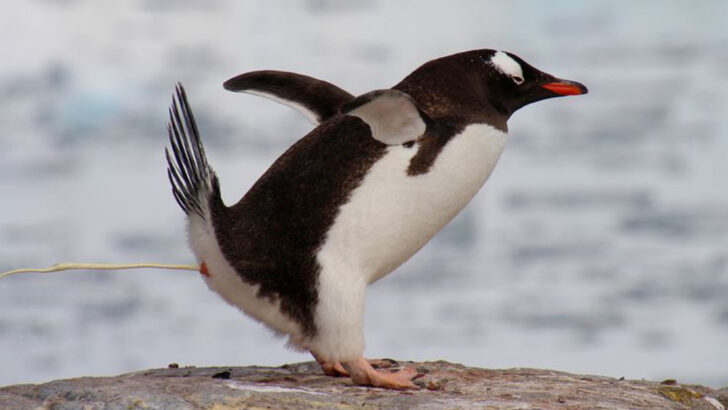Penguin poop is saving ecosystems—and possibly the planet.
Yes, you read that right. That squishy, splattered mess covering icy rocks and nesting grounds? It’s way more powerful than it looks.
Guano isn’t just waste—it’s fuel for life. It feeds entire food webs, fertilizes frozen deserts, and even affects atmospheric chemistry in ways scientists are still trying to wrap their heads around.
It stinks. It stains. And it’s absolutely essential.
From satellite tracking to carbon cycling, penguin droppings are making headlines in the world of climate science.
Who knew poop could be this important?
Get ready for ten wild, slightly gross, totally fascinating facts that prove penguin poop is more than just a punchline.
Penguin Poop Fertilizes the Oceans

Penguin poop serves as a natural fertilizer for the ocean. Rich in nitrogen and phosphorus, penguin guano promotes the growth of phytoplankton, microscopic plants essential for the marine food chain.
Phytoplankton absorbs carbon dioxide, helping mitigate climate change. This natural fertilization boosts fish populations, supplying food for other animals and humans. Penguins, through their copious guano deposits, inadvertently sustain vibrant ocean ecosystems.
This complex interaction highlights nature’s unexpected interdependence. The cycle of nutrients from land to sea demonstrates the vital role penguins play in maintaining ocean health.
Penguin Poop is a Climate Indicator
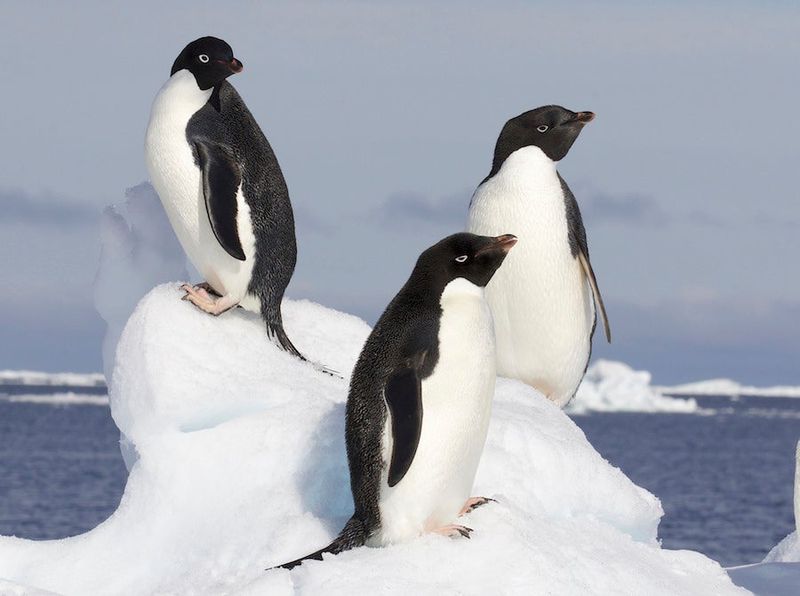
Penguin poop acts as a natural climate archive. Scientists analyze layers of guano to determine past climate conditions, tracking changes over centuries.
The presence of certain isotopes and compounds offers insights into historical temperature and ice cover. This makes penguin colonies valuable for studying climate history. Researchers can predict future climate trends by understanding past changes.
The ability to track environmental shifts through guano layers provides an unexpected yet invaluable tool for climate science. This highlights penguin poop’s unusual role in global climate research.
Penguin Colonies Boost Biodiversity
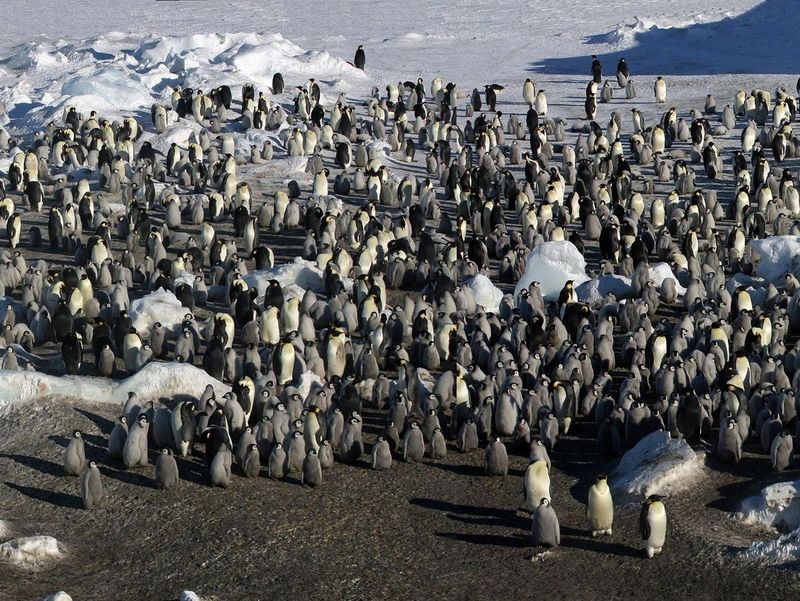
Penguin poop enriches the soil, fostering plant growth and attracting diverse species. Guano’s nutrients create lush mini-ecosystems around colonies.
This biodiversity hotspot supports insects, birds, and mammals, illustrating nature’s adaptability. The vibrant life around penguin habitats contrasts with the harsh Antarctic environment. These colonies act as biological oases in frozen landscapes.
An unexpected beneficiary of penguin poop is the greater ecosystem, showing how one species can uplift entire communities through natural processes. This underscores the interconnectedness of life in remote areas.
Penguin Guano Colors the Landscape
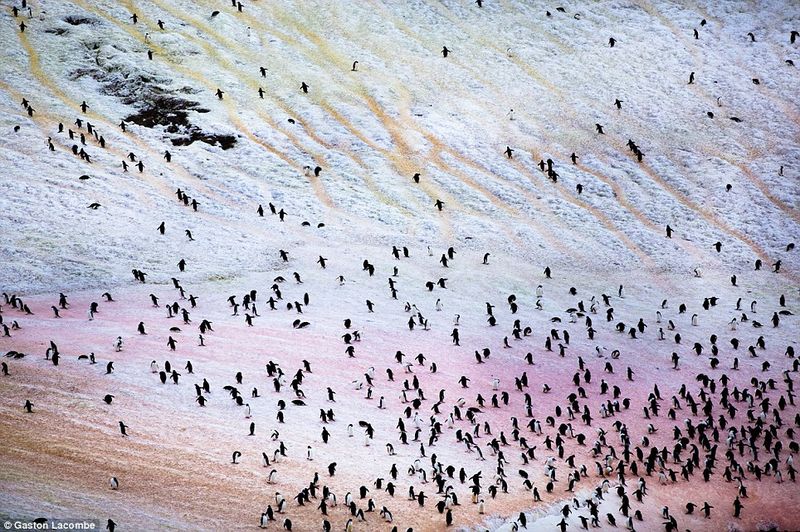
Penguin poop is famously colorful, often turning landscapes pink or white. This vivid transformation results from the krill in their diet, which colors the guano.
Tourist attractions include these colorful areas, showcasing nature’s unique artistry. The striking colors serve as visual indicators of colony health and size. Beyond aesthetics, they play a part in ecosystem dynamics, attracting other wildlife.
The unusual hues of penguin guano add a touch of wonder to the stark Antarctic scenery, demonstrating nature’s unexpected palette.
Penguin Poop Releases Greenhouse Gases

While beneficial, penguin poop also releases nitrous oxide, a potent greenhouse gas. This paradox highlights nature’s complexity, where helpful processes have side effects.
Researchers study these emissions to understand their impact on climate. The release of nitrous oxide from guano contributes to global warming, albeit minimally compared to human sources. This discovery underscores the balance of natural ecological processes and their implications.
Understanding these emissions helps refine climate models, illustrating penguin poop’s dual role in both supporting and challenging environmental health.
Penguin Poop Supports Cold-Adapted Plants
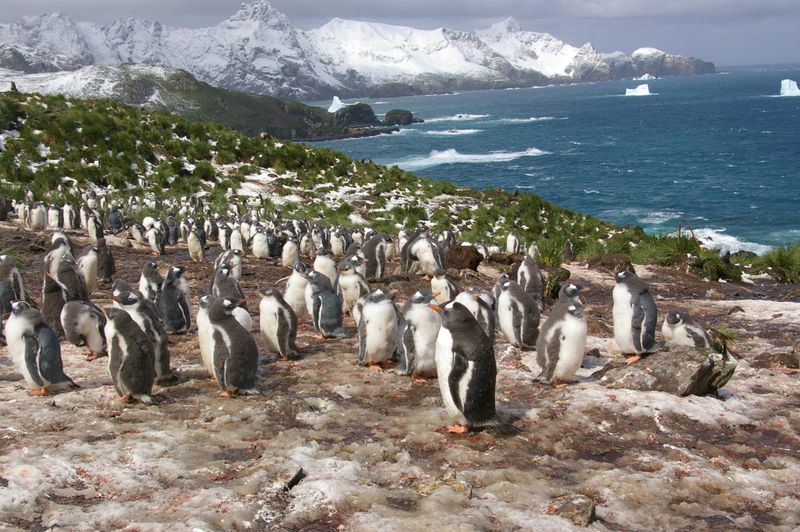
Penguin guano enriches Antarctic soils, supporting plant life in an otherwise barren landscape. These hardy plants, adapted to extreme conditions, rely on guano’s nutrients to grow.
This unexpected growth supports other life forms, contributing to the ecosystem’s complexity. The presence of vegetation near colonies creates a microhabitat, offering shelter and food.
This ecological niche showcases the resilience of life, even in the most inhospitable environments. The role of penguin poop in nurturing plant life highlights the surprising ways nature sustains itself through symbiotic relationships.
Penguin Poop Helps Track Population Changes

Scientists use guano to monitor penguin populations. By analyzing guano distribution and volume, researchers estimate colony sizes and health.
This method provides non-invasive insights into population dynamics, aiding conservation efforts. Guano analysis helps track changes due to climate and human impact. The ability to assess penguin numbers through poop offers a unique conservation tool.
Understanding population trends allows for better protection strategies, reflecting the surprising utility of guano in wildlife management. This approach underscores the innovative methods used in ecological studies.
Penguin Poop Influences Ice Albedo

Penguin guano affects ice albedo, the measure of reflectivity. Dark guano patches absorb more sunlight, accelerating ice melt.
This interaction illustrates the impact of biological processes on physical environments. Researchers study these changes to understand local climate effects. The alteration of ice albedo by guano highlights the intricate connections between life and climate.
This influence on melting ice creates feedback loops with broader environmental implications. The role of penguin poop in modifying ice properties reveals unexpected aspects of ecological interaction.
Penguin Poop Contributes to Nitrogen Cycle
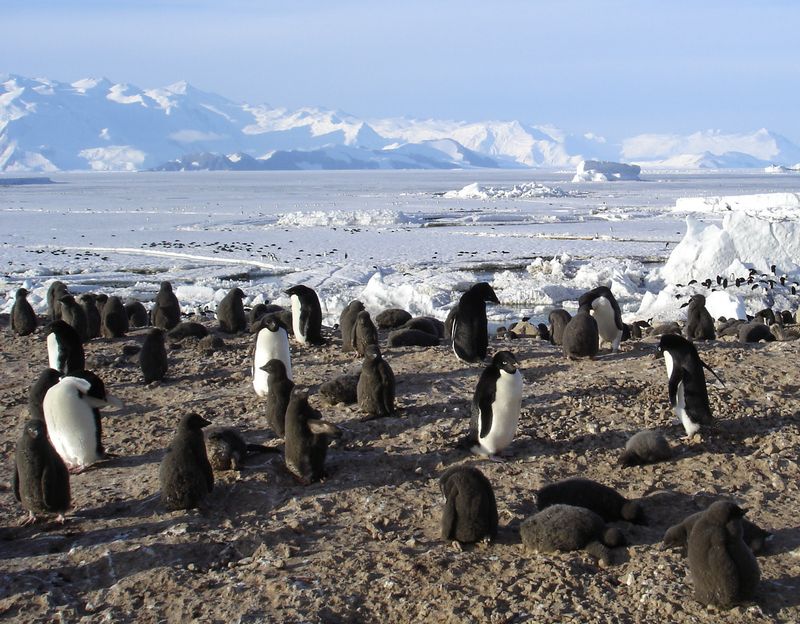
Penguin guano is a crucial component of the nitrogen cycle. As it decomposes, it releases nitrogen compounds into the environment, supporting microbial life and facilitating nutrient exchange.
This process enriches the soil and water, promoting plant and algae growth. The role of penguin poop in this cycle underscores its environmental importance, driving nutrient dynamics in remote ecosystems.
The nitrogen cycle, enhanced by guano, demonstrates the interconnectedness of life processes. This contribution emphasizes the subtle yet vital influences of penguin colonies on their habitats.
Penguin Poop is a Tourist Attraction

The colorful presence of penguin guano attracts tourists to Antarctica. Visitors marvel at the vibrant landscapes and thriving wildlife.
This unusual attraction supports eco-tourism, promoting conservation awareness. Tourists learn about the ecological roles of guano, gaining appreciation for nature’s intricacies. The tourism boost helps fund conservation projects, highlighting the economic impact of penguin poop.
This unexpected draw to remote areas showcases the global fascination with unique natural phenomena. The tourism appeal of guano-covered landscapes underscores its cultural and economic significance beyond its ecological role.

